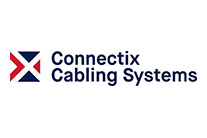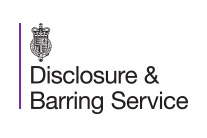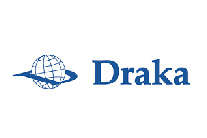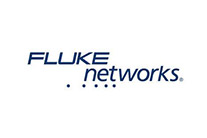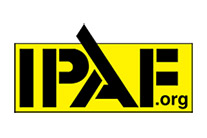What Is the Difference Between UTP, STP and FTP Cables?
23rd September 2022
UTP, STP and FTP refer to different types of Ethernet cables. They differ in the level of shielding they provide from electromagnetic interference (EMI) and cross-talk (when the signal from one wire disrupts the transmission of another). Therefore, they vary in their levels of performance and it’s important to have the right cables for your needs.
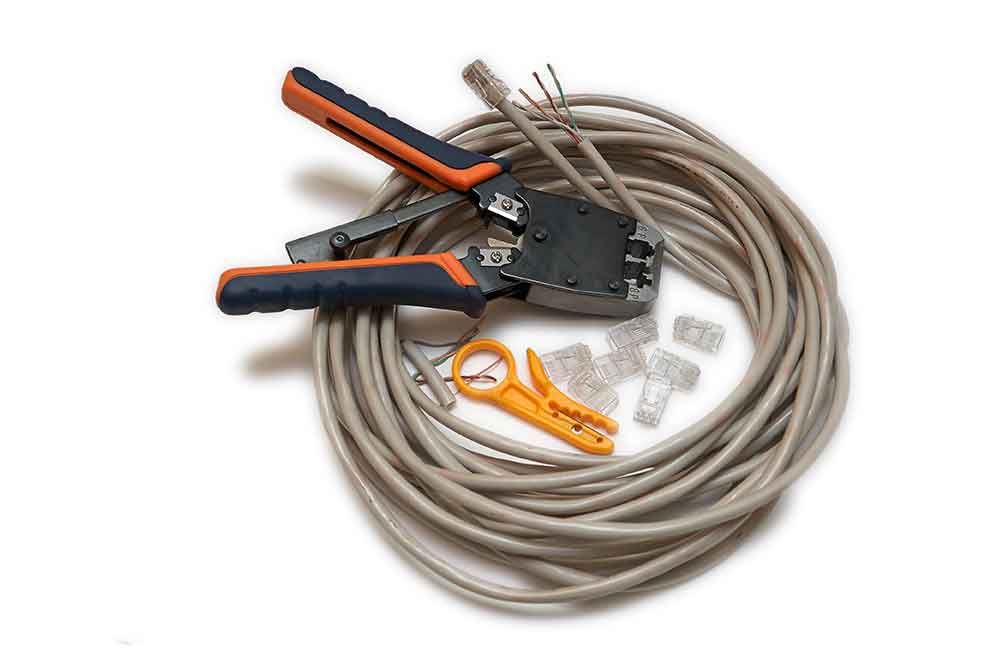
The ‘TP’ part stands for ‘twisted pair’, as each type of cable is formed with the same basic structure - four colour-coded pairs of copper wires, with each pair twisted together to create a balanced transmission.
Commonly, these terms apply to the shielding of the entire cable, but confusion can arise as the terms are sometimes used to refer to the shielding of each wire pair within a cable. Variations of the acronyms are used to differentiate between these types of shielding, and we’ll clarify these so you understand them.
First, we’ll define them in terms of shielding the entire cable, not the individual pairs.
UTP cables
This stands for Unshielded Twisted Pair. As the name suggests, the overall cable doesn’t have any form of shielding, just its insulation jacket.
Despite this, it’s still a popular and effective choice as the twisting of the wires within ensures some level of protection from interference and cross-talk.
Since most households and many small businesses don’t have to deal with huge amounts of interference, UTP cables are often more than capable of providing solid connections across the network.
They’re a sensible choice for many as they’re cheaper due to the lack of additional materials. They’re also more flexible than shielded cables, meaning installation is easier and they’re less likely to break.
To mitigate the risk of Near End Cross-Talk (NEXT) between wire pairs within a cable, the twist rate of each pair is varied.
However, as more networks move towards greater bandwidths and therefore increased electrical noise, shielded cables are likely to become more necessary.
STP cables
This stands for Shielded Twisted Pair. Usually, these cables use a braid made from common metals, which covers the entire cable beneath the plastic insulation.
This provides a higher level of protection from Alien Near End Cross-Talk (ANEXT), which is nothing to do with searching for life in outer space, but simply means cross-talk from a separate cable.
For example, the blue pair in two adjacent cables may have an identical twist rate, and therefore be more vulnerable to cross-talk. The shielding would counteract that. This is partly due to the improved grounding provided by the braid.
FTP cables
This stands for Foiled Twisted Pair. A foil cover surrounds the cable, providing a high level of protection against EMI going in and out of the cable.
Since both the entire cable and the individual pairs within can be shielded with foil, it is not always clear which form of shielding this term refers to.
SFTP cables
Cables can be covered with both a metal braid (S) and a foil cover (F) to provide enhanced shielding.
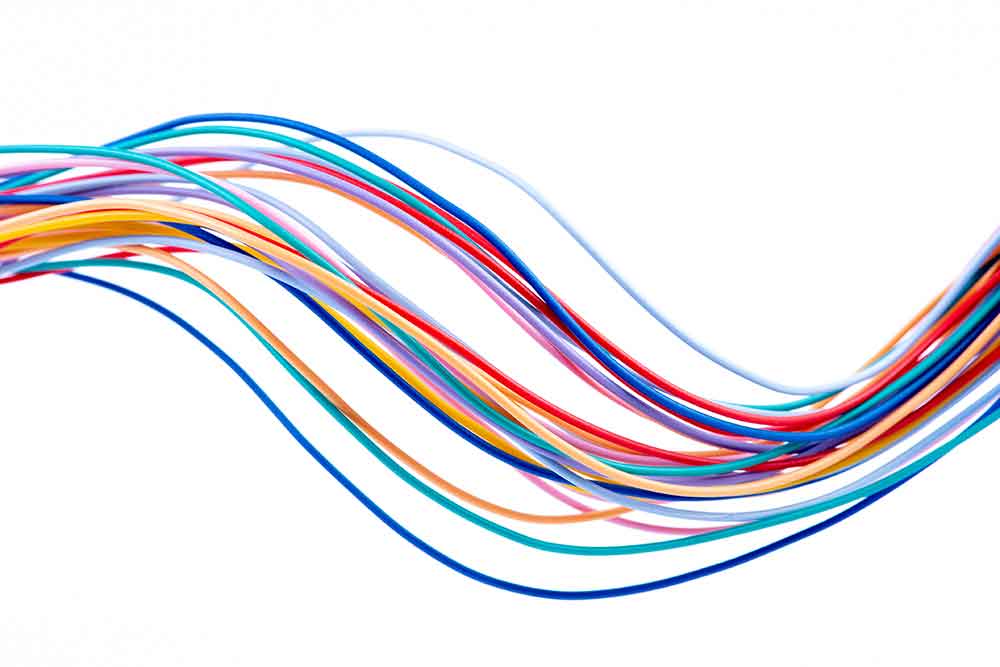
Variations in cable shielding
To mitigate confusion around these terms, a more detailed form of acronym with two parts is used to refer to the different types of Ethernet cables, which we’ll explain here.
The first part (before the slash) refers to the outer shielding of the entire cable.
The second part (after the slash) refers to the shielding of each individual pair of wires within a cable.
Here are the different types:
No shielding
Only individual pairs are shielded
Only the outer cable is shielded
Outer cable AND individual pairs are shielded
The Ultimate Shielding
Which type of cable shielding do I need?
We understand that choosing the right cabling for your network can be overwhelming, with all the different terms, acronyms and technical information.
Ultimately, it comes down to balancing the best performance with the best value. As a rule of thumb, the greater the level of shielding, the greater the cost, as there are more materials involved and installation can be more complex. Typically, only sites with very high volumes of interference and ‘noise’ require the highest levels of shielding.
Our reliable, experienced team of industry experts will be able to advise you on exactly what level of shielding you need for your network cabling.
Get in touch to discuss your needs.
To share this post please choose your platform!
Contact C-Tech Solutions
If you’re looking for an experienced and reliable partner with considerable expertise in network infrastructure, fibre-optics, copper cabling and all related building services then we invite you to reach out to our team.
See why a growing number of organisations trust C-Tech as their preferred supplier.














